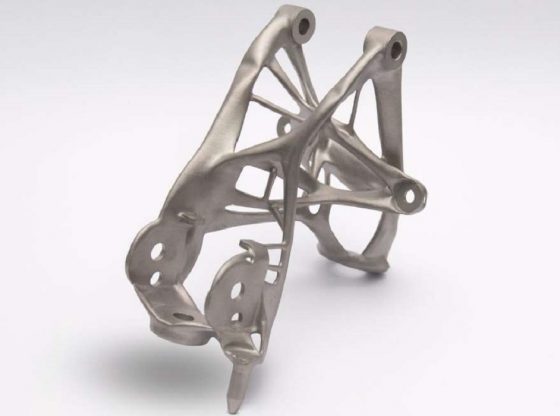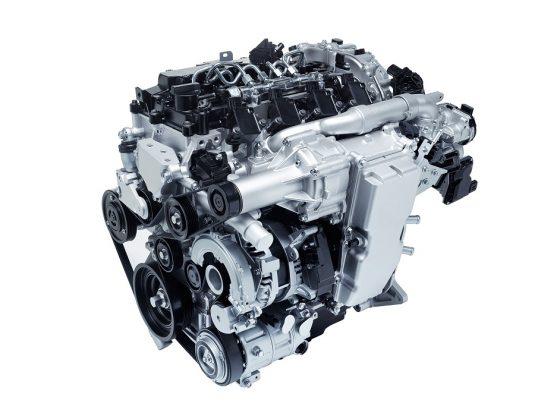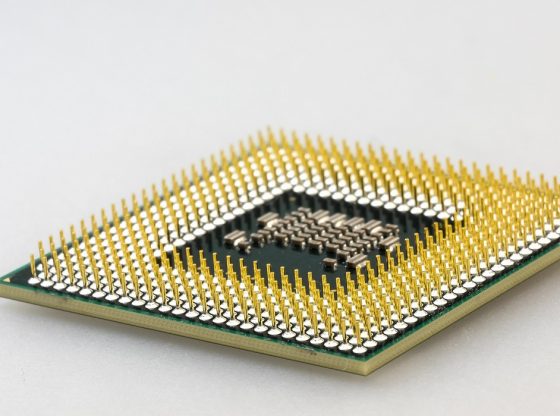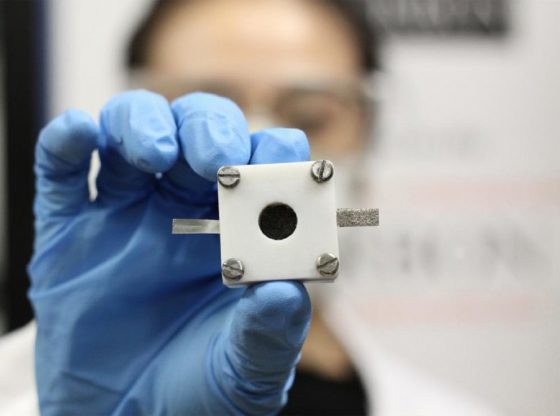An international team of researchers aims to move the quantum computer out of the lab and into the real world. They are ready to build the first large-scale machine. The blueprint is done. Next step is a working prototype.
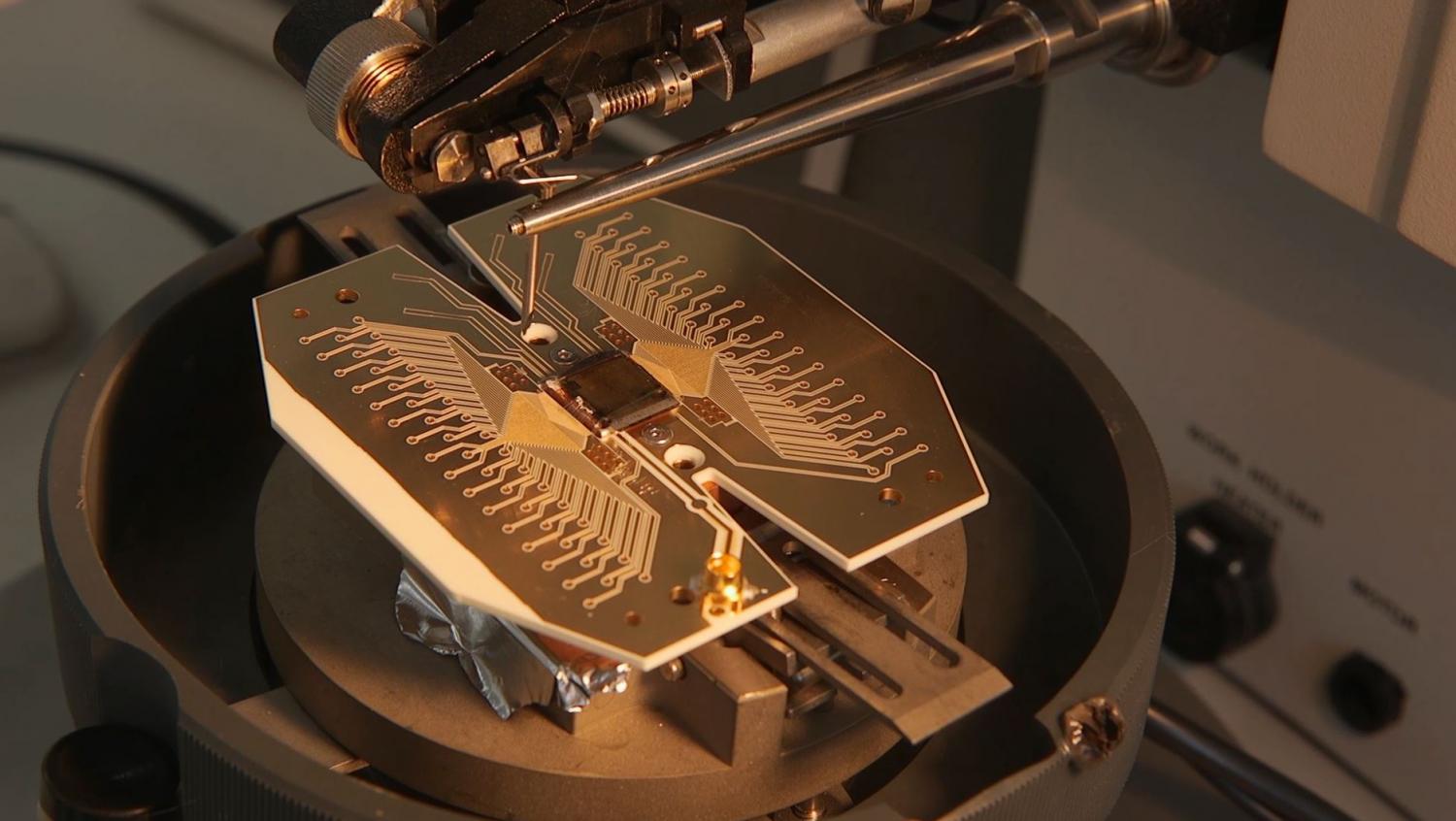
Research into quantum computing has received a major boost in recent years. Universities and large companies like Google and Microsoft are investing big money into developing technology that promises far, far, faster calculations possible with today’s computers.
There have been a few attempts to build quantum computers for research purposes, but the quantum computers in the labs are small and have very limited computing capacity. This is what the international research group now want to change.
They have presented their blueprints for a functioning large-scale quantum computer in the latest issue of the journal Science Advances. The blueprint is the work of an international team of scientists from the University of Sussex (UK), Google (USA), Aarhus University (Denmark), RIKEN (Japan) and Siegen University (Germany).
Winfried Hensinger is a professor of quantum engineering at the University of Sussex and leads the project. He said: “We are already building it now. Within two years we think we will have completed a prototype which incorporates all the technology we state in this blueprint.
The prototype will consist of “tens” of ‘qubits’ but the quantum computer can be scaled up to any size. These qubits are the quantum computers equivalent to bits that encode the information in a standard computer (8 bit is one byte and one million bytes is 1 MByte).
A ‘bit’ can have a value of either 1 or 0. In a quantum system – the qubit (quantum bit) – can be both 1 and 0 at the same time. This phenomenon is in accordance with the laws of quantum mechanics, which allow particles to exist in multiple “superposition” states until they are observed or disturbed.
Quantum physics thereby opens the door to use these superpositions for multiple calculations to be performed simultaneously. But the qubits need to be synchronized using a quantum effect known as entanglement, which Albert Einstein termed “spooky action at a distance”.
“The number of qubits can be chosen by the building or order a machine, in this article, we use the example of one billion qubits,” Winfried Hensinger said.
A key design feature in their machine is how it relates to scaling, which is possible partly thanks to a new way of transporting qubits between the different calculation modules using electric fields. These electric fields allow charged atoms (ions) to be transported from one module to another.
“We use electric fields rather than fiber optics. It makes transportation 100,000 times faster, but more importantly is that the technology is much cheaper and easier to construct”, said Winfried Hensinger.
The research is supported by a British government program with an aim of bringing quantum technologies to market. Several other countries have similar plans. The EU is about to launch a large flagship project in quantum technology starting in 2018 with a budget of about 1 billion Euros. This project includes quantum computers.
In addition to these projects, several IT giants together with smaller companies, are investing large resources into developing quantum computers. Two of them are American Quantum Circuits and Ion Q.
Best known perhaps is the Canadian firm D-Wave, which in 2011 launched what it termed “the world’s first commercial quantum computer”. Recently a new model was launched with a capacity of 2,000 qubits. However, several researchers argue that it is unclear if the D-Wave machine is a real quantum computer.
Prof. Hensinger held a popular science lecture at the U.S. Department of Energy in 2016, explaining the principles of quantum computing.
The potentials with quantum computers are staggering, it truly is a concept with the potential to change the world, solving complex problems and sorting through massive amounts of data. A spearhead of scientific knowledge – it really would be – a quantum leap into the future.
Reference:
Bjoern Lekitsch1, Sebastian Weidt1, Austin G. Fowler et al Blueprint for a microwave trapped ion quantum computer DOI: 10.1126/sciadv.1601540



